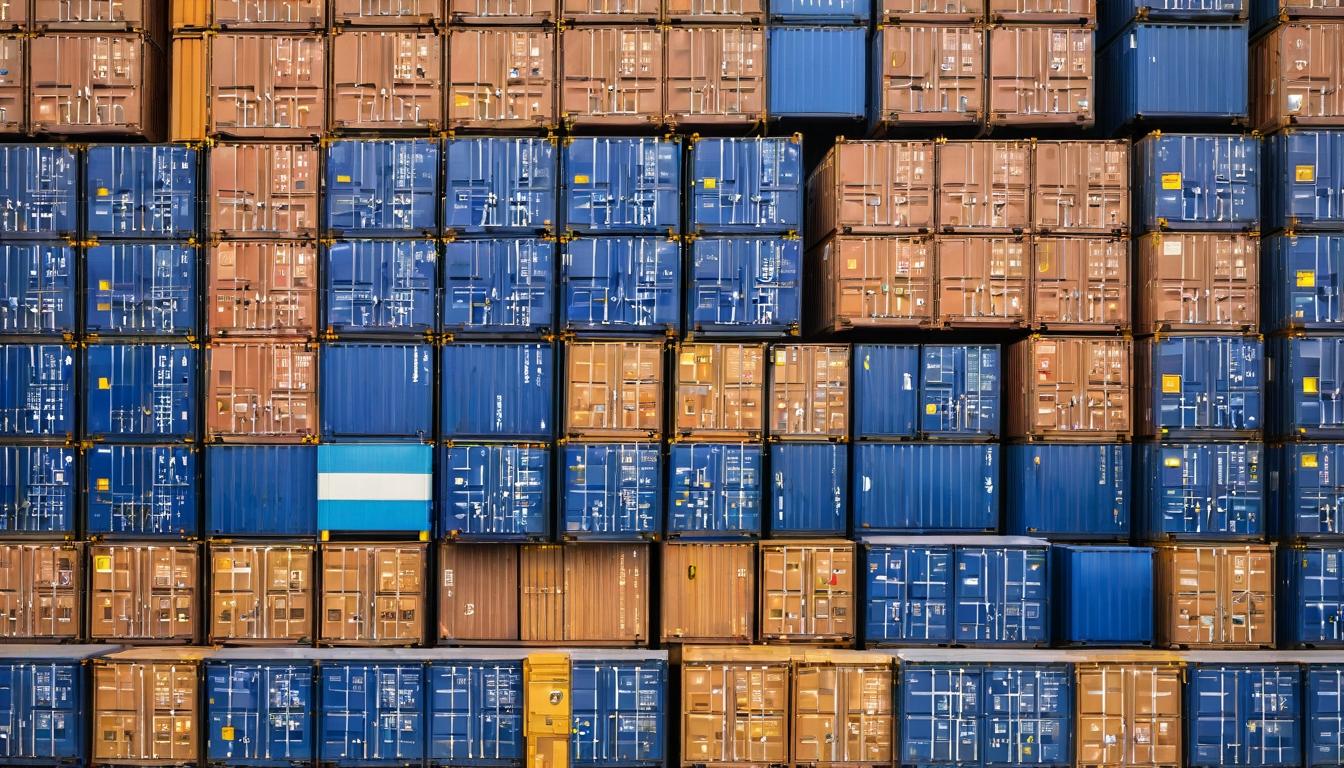Walking through the sprawling solar farm in California's Mojave Desert, the silence is almost unnerving. Thousands of panels stretch toward the horizon, their dark surfaces drinking in the relentless sun. Yet beneath this picture of renewable energy success lies a story of growing pains that few in the industry want to talk about. The solar revolution, it turns out, is facing challenges that go far beyond simple installation costs or efficiency ratings.
Supply chain disruptions have become the industry's dirty little secret. While politicians tout solar as the path to energy independence, the reality is that nearly 80% of solar panel manufacturing remains concentrated in China. Recent trade tensions and shipping bottlenecks have created a fragile ecosystem where a single factory shutdown in Xinjiang can send ripples through the entire global market. Installers who once promised six-week timelines are now quoting customers four to six months, if they can get panels at all.
The labor shortage represents another critical bottleneck that's rarely discussed in corporate press releases. Finding qualified installers has become so challenging that some companies are offering signing bonuses that rival those in the tech sector. The problem isn't just about numbers—it's about expertise. Proper solar installation requires understanding electrical systems, roofing structures, and local building codes, creating a perfect storm of specialized knowledge that takes years to develop.
Meanwhile, the recycling question looms large over the industry's green credentials. With the first generation of commercial solar panels now reaching the end of their 25-30 year lifespans, we're facing a tsunami of electronic waste that nobody planned for. Current recycling rates hover around 10%, meaning millions of panels could end up in landfills, leaching toxic materials into soil and groundwater. The industry's response has been tepid at best, with most manufacturers focusing on new sales rather than end-of-life solutions.
Community resistance is growing in unexpected places. What began as isolated complaints about aesthetic concerns has evolved into organized opposition movements in states like Massachusetts and New Jersey. Residents cite everything from glare issues that make driving hazardous to concerns about property values when large-scale installations move into residential neighborhoods. The 'not in my backyard' mentality has found new life in the solar era, creating regulatory hurdles that slow development to a crawl.
Technological stagnation presents another hidden challenge. While efficiency gains continue at a gradual pace, the fundamental technology behind most commercial panels hasn't changed dramatically in decades. The promised breakthroughs—perovskite cells, transparent solar windows, flexible panels—remain largely in laboratory settings, leaving installers working with essentially the same products they were a decade ago, just slightly improved.
The financing model itself is showing cracks. As interest rates climb, the economics of solar leases and power purchase agreements become less attractive to homeowners. The promise of 'free solar' has given way to complex contracts with escalator clauses that can leave customers paying more for electricity than they would with their local utility. Consumer protection agencies report a sharp increase in complaints about misleading sales tactics and hidden fees.
Grid integration represents perhaps the most technical but critical challenge. As more solar comes online, utilities struggle with the duck curve—the dramatic dip in electricity demand during sunny afternoons followed by a steep ramp-up as the sun sets. Without massive investments in energy storage and grid modernization, we risk creating a system where solar power becomes so abundant during peak production that it's essentially worthless, while remaining scarce when needed most.
Permitting nightmares continue to plague the industry at both residential and utility scales. A homeowner in Chicago might wait six months for approval, while a large-scale project in Nevada could spend years navigating environmental reviews and land-use regulations. The patchwork of local, state, and federal requirements creates a bureaucratic maze that adds significant costs and delays to even the simplest installations.
Insurance companies are beginning to push back as well. As hail damage claims mount in solar-heavy states like Texas and Colorado, some insurers are either raising premiums for homes with solar installations or requiring additional riders that can cost hundreds of dollars annually. The very devices meant to save homeowners money are becoming liability concerns in an era of increasingly severe weather events.
Despite these challenges, the industry continues to grow, driven by falling costs and increasing climate concerns. But the path forward requires honest conversations about the real obstacles facing solar adoption. From addressing supply chain vulnerabilities to creating viable recycling programs and streamlining regulatory processes, the solutions will need to be as complex as the problems themselves.
The solar revolution isn't failing—it's maturing. And like any adolescent growth spurt, it's messy, awkward, and occasionally painful. But recognizing these challenges represents the first step toward building a sustainable energy future that lives up to its promise, rather than just its potential.
The solar revolution is hitting unexpected roadblocks - here's what industry insiders aren't telling you

